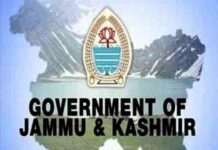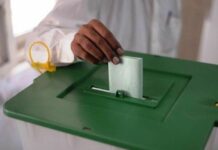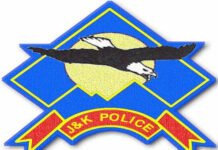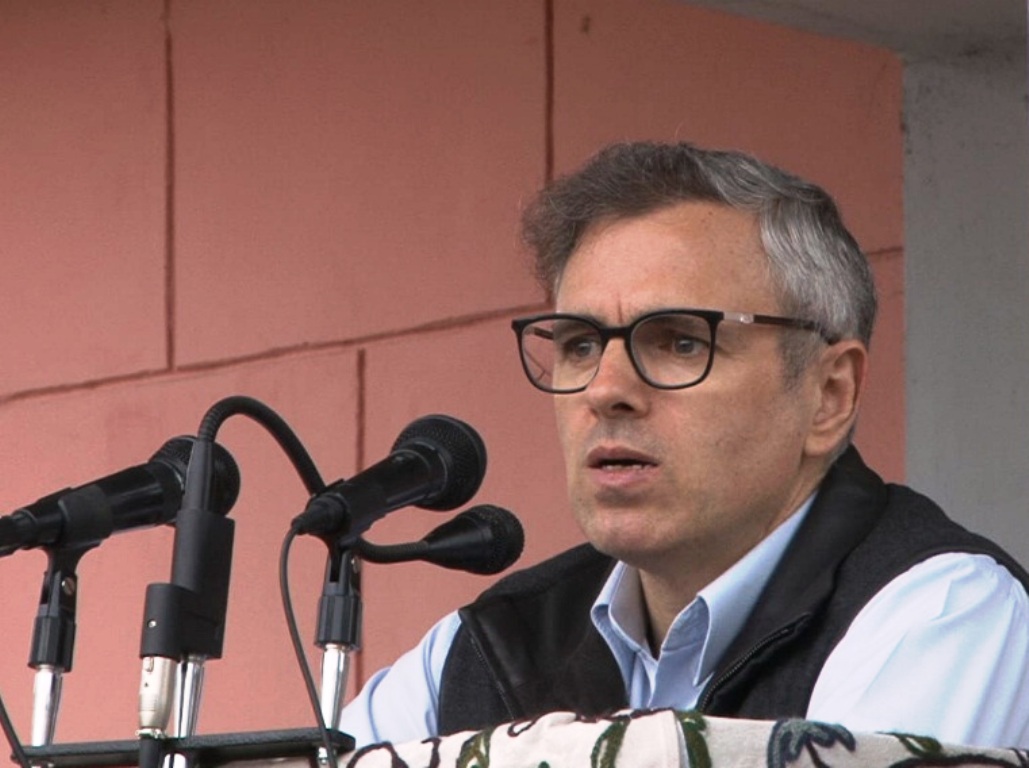SRINAGAR: Ministry of Jal Shakti released the first ever census of Water Bodies in convergence with the 6th Minor Irrigation (MI) Census under the Centrally Sponsored Scheme “Irrigation Census.”
The census highlighted disparities between rural and urban areas, encroachments and also revealed crucial insights into the country’s water resources. Census also offers a thorough inventory of India’s water resources, including both natural and artificial water bodies including ponds, tanks, lakes and more.
According to the census, 24,24,540 water bodies have been enumerated in the country, of which 97.1% (23,55,055) are in rural areas and only 2.9% (69,485) are in urban areas.
According to the maiden census report there are over 24 lakh water bodies across the country, and over 9,700 water bodies in the Union Territory of J&K, of which over 76 per cent are ‘in use’ while over 23 per cent have been categorized as ‘not in use’, defining them as ‘dried up beyond repair’.
As per the census, a total of 9,765 water bodies have been enumerated in J&K, out of which 99.2% (9,687) are in rural areas and the remaining 0.8% (78), are in urban areas, noting that the majority of the water bodies are ponds.
The census further reveals that over 2272 not-in-use water bodies in J&K and Ladakh, including 2026 ponds, 29 tanks, 6 Lakes, 26 reservoirs, 6 water conservation schemes/percolation tanks/ check dams, and 169 others. Further, out of 9765 water bodies, 5016 are public owned, and 4749 are private owned.
As per the census, 7431 water bodies are in use in rural areas, out of which 718 are used for irrigation, 12 for industrial, 97 for pisciculture, 5935 are for domestic/ drinking, 19 are recreation, 49 are for religious, 129 are for groundwater recharge, 472 are others.
As per the major results, 48.6% (4,749) are privately owned water bodies across J&K, whereas the remaining 51.4% (5,016) are under public ownership. By location, 27 water bodies are located in flood-prone areas and 1,144 water bodies are located in tribal areas.
Out of all water bodies, the census noted, 76.7% (7,493) water bodies are ‘in use’ whereas the rest 23.3% (2,272) are not ‘in use,’ “on account of drying up, destroyed beyond repair and other reasons.”
Out of ‘in use’ water bodies, the census highlighted, a major proportion of water bodies are used for domestic/ drinking purposes followed by irrigation purposes.
The census also noted that J&K has reported encroachment in 103 water bodies out of all the enumerated water bodies, of which 95, it stated, are ponds. Out of 9,765 water bodies, the information on the ‘water spread area’ was reported in 9,759 water bodies.
Out of these 9,759 water bodies, the results note, 98.4% (9,602) of the water bodies have a water spread area of fewer than 0.5 hectares, whereas, 1.1% (104) water bodies have a water spread area between 0.5 hectares to 1.0 hectares and the remaining 0.5% (53) water bodies have more than one-hectare water spread area; in terms of storage capacity while 74.1% (7,238) water bodies have storage capacity between 0 to 100 Cubic Meters.
According to the census, 9209 water bodies in Jammu and Kashmir, and Ladakh have never been repaired. Only 115 water bodies were repaired before 2009. In 2009, 11 water bodies were repaired; 51 in 2010; 20 in 2011; 34 in 2012; 71 in 2013; 38 in 2014; 59 in 2015; 24 in 2016; 54 in 2017; 34 in 2018, and 45 were repaired after 2018.















